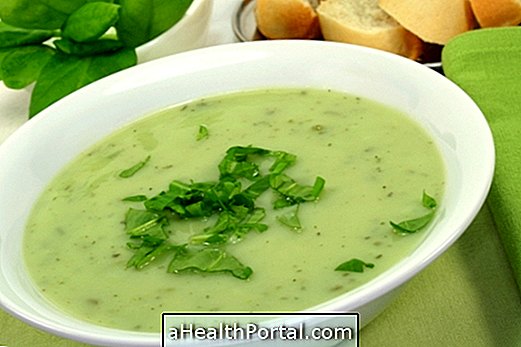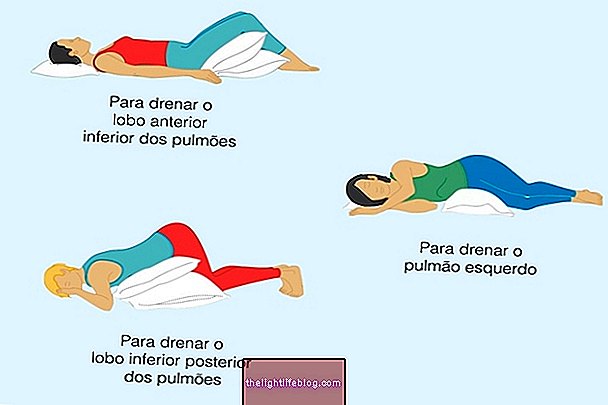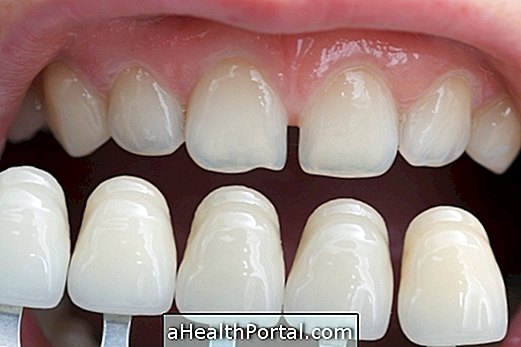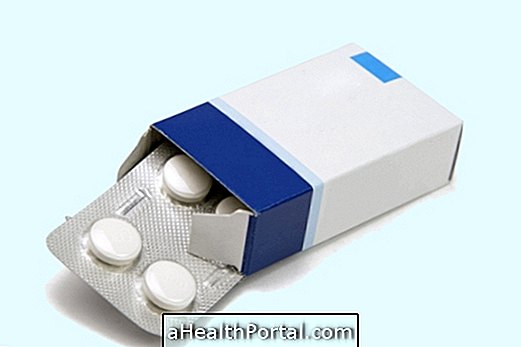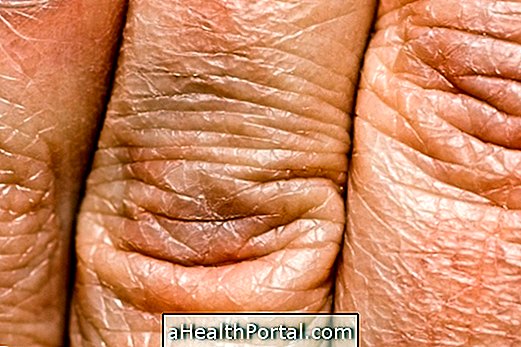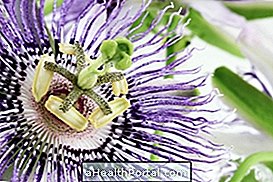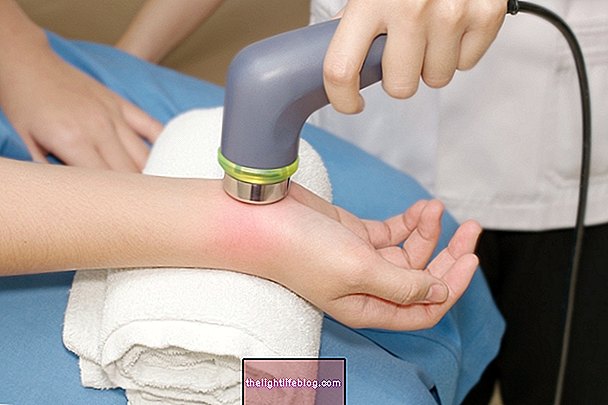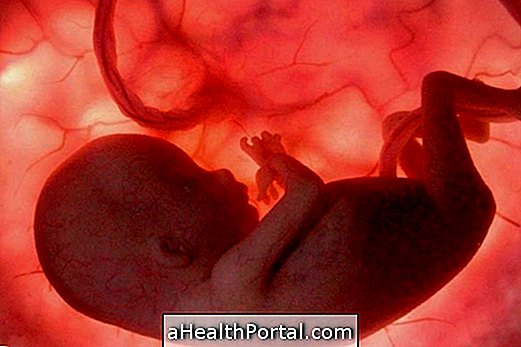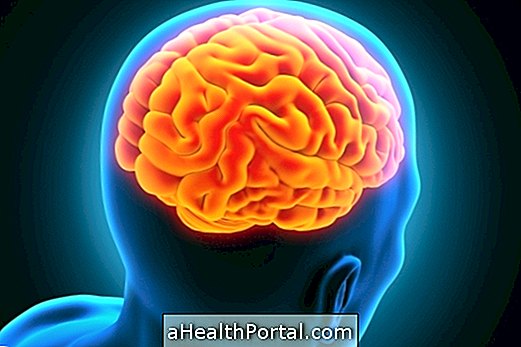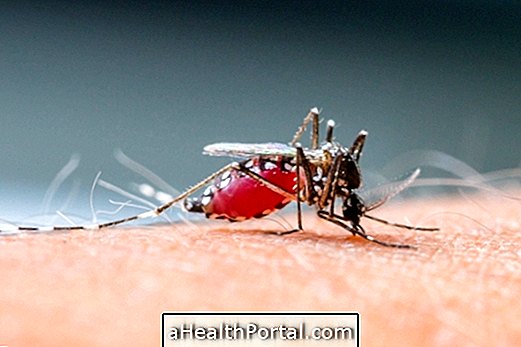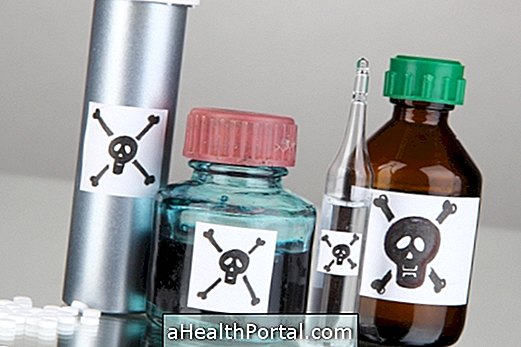Stroke (stroke), or stroke, is a sudden disruption of blood flow to some part of the brain, causing symptoms such as paralysis of the body, difficulty speaking, fainting, dizziness, and headache, depending on the site affected.
This stroke may be of the ischemic type, which is more common and occurs when there is loss of blood flow through a clot, for example, or of the hemorrhagic type, when a vessel ruptures and causes bleeding within the brain or in the meninges, which are the films that involve the brain.
Both conditions must be treated urgently and may leave sequelae, such as movement or communication difficulties. So, the ideal is to prevent the onset of stroke, which can be done with healthy living habits, balanced diet, practice of physical activities and the correct treatment of diseases that can trigger this situation, such as high blood pressure, cholesterol or triglycerides and diabetes, for example.
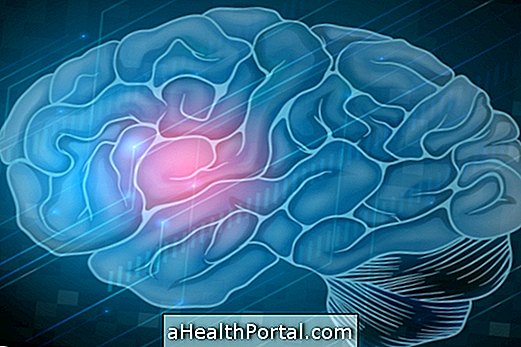
Main symptoms
The symptoms of stroke appear suddenly, and sometimes the person may even wake up with them. The main ones are:
- Weakness or difficulty in moving a limb, a side of the body or face;
- Loss of sensation in any part of the body;
- Difficulty talking or eating;
- Blurred vision or partial loss of vision;
- Dizziness or imbalance;
- Loss of consciousness or fainting.
The site of onset, amount and intensity of symptoms may vary depending on the region of the brain corresponding to the affected blood vessel and the amount of disrupted blood flow.
In the presence of any sign or symptom of stroke it is important to call the SAMU 192 as soon as possible so that first aid is performed and treatment is started correctly in the emergency room.
How to treat
Treatment of a stroke should be done as soon as possible, because the faster the blood flow to the brain improves, the greater the likelihood of recovery from clinical signs, as well as the less likely sequelae, such as paralysis of a body region, difficulty walking, talking or eating, changes in memory or cognition, and fecal or urinary incontinence, for example.
Confirmation of the diagnosis and type of stroke is confirmed by computed tomography of the skull or magnetic resonance imaging to begin treatment.
1. Ischemic stroke
The treatment of ischemic stroke is done in an attempt to re-establish blood flow to the brain in order to control the affected area and easier recovery. The options are:
- Drug use : Antihypertensives, such as Captopril, are used to reduce blood pressure if it is high, platelet anti-aggregators such as AAS and Clopidogrel, to decrease clot formation and thrombus in the brain, and cholesterol Atorvastatin;
- Thrombolysis : It is made with a potent anticoagulant called rt-PA, able to undo the thrombus or clot in the vessel and allow blood flow in the affected region and decrease the number of sequelae. This treatment should be done within the first 4 hours after the onset of symptoms;
- Cerebral catheterization : an alternative to performing thrombolysis, existing in some neurology centers, by inserting a flexible tube that runs from the groin artery to the brain to try to remove the clot or to inject anticoagulant drugs at the site;
- Carotid Clearance : It is done in cases where the obstruction of blood flow occurs in the carotid artery, an important vessel that carries large amounts of blood to the brain, and this procedure serves both to lessen the effects and to prevent a new stroke;
- Cerebral Decompression Surgery : It is only indicated in some cases of very large stroke or that caused large swelling in the brain, it is necessary to do a procedure that opens the skull for a period, until it reduces the swelling causing less damage to the brain of the person.
The earlier stroke is started, the easier it will be to recover from the person and the greater the chance of having fewer sequelae.
2. Hemorrhagic AVE
The treatment of hemorrhagic stroke is intended to try to reduce bleeding and reduce the area involved. Thus, an antihypertensive is usually used if blood pressure is too high, as in cases such as a pressure of 220 x 120 mm Hg, to decrease bleeding size without compromising blood flow to the rest of the brain.
Most often, bleeding is absorbed by the body's own cells, but in larger bleeds, a brain decompression surgery may also be needed to reduce swelling.
It is also very important to treat the cause of the bleeding, which can be an aneurysm, a malformation of the blood vessels or a blow to the head, for example, after stabilizing the person's clinical condition, it is possible to investigate the characteristic of cerebral vessels through of exams such as angiography, and to schedule a surgical correction procedure.
See more details on how to do the treatment, recovery and rehabilitation of each type of stroke.

What Causes Stroke
Ischemic stroke, which is the most common type of stroke, occurs when there is an impediment of blood flow in the brain, which can be by accumulation of fat plaques within the vessel, by impacting a clot, or even by a decrease of blood flow due to changes in body circulation.
This type of stroke is very common in people who have diseases such as obesity, high blood pressure, diabetes, cholesterol and increased triglycerides that do not make the correct treatment, and also in people who have cardiac arrhythmias.
Hemorrhagic stroke happens when a blood vessel ruptures and causes bleeding within the brain or in the meninges, films that involve the brain. Bleeding from this type of stroke can happen in situations such as high blood pressure, rupture of an aneurysm, traumatic brain injury due to an accident, use of anticoagulant drugs, use of illicit drugs, brain tumor or diseases that change blood clotting, autoimmune, hepatic or blood disorders, for example.
What to do to avoid
Ischemic stroke can be prevented by controlling risk factors such as weight reduction, low-fat and low-salt diet, physical activity, smoking cessation, and correct treatment of diseases that can trigger this situation, such as pressure, cholesterol, triglycerides and glycemia, for example, following doctor's guidelines. See our tips for preventing cardiovascular diseases such as heart attack and stroke.
Since hemorrhagic stroke can also be avoided with these attitudes, however, it is important to investigate other possible causes, such as the presence of an aneurysm or malformations of cerebral vessels, which can be causes of frequent headaches and dizziness, blood clotting diseases and in addition, if anticoagulant medication is used, it is important to follow up with the doctor with blood tests and returns to re-evaluate the doses.
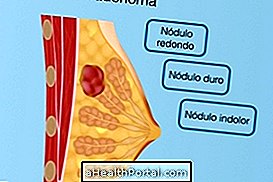



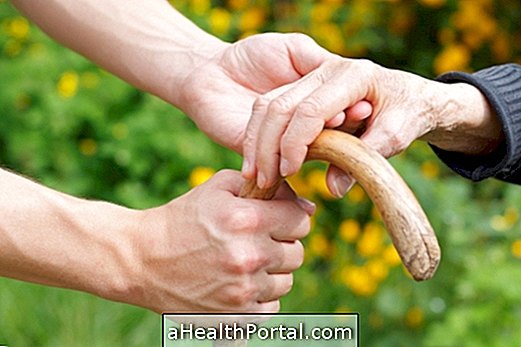
.php)


